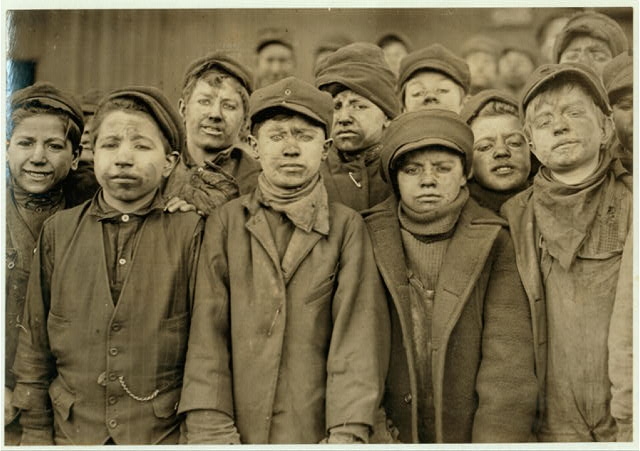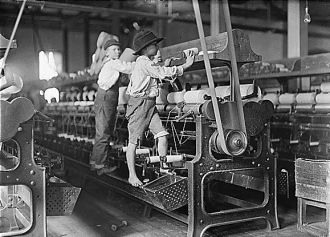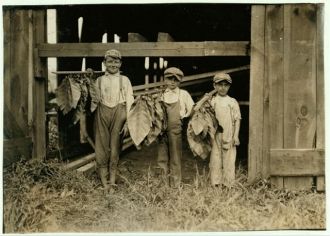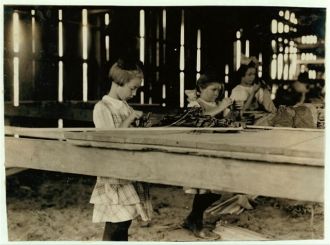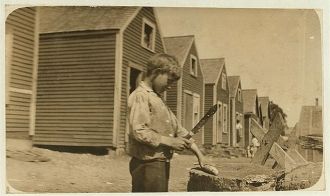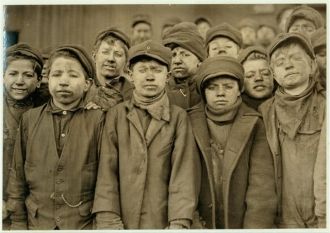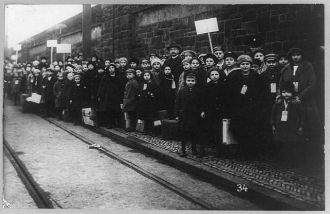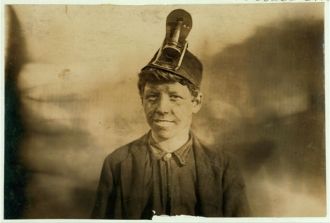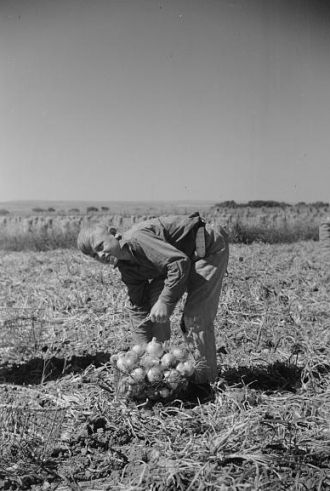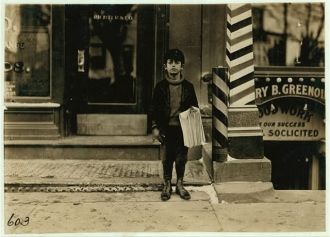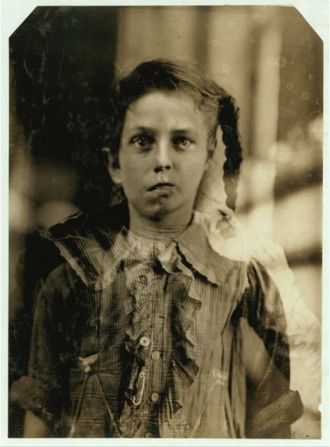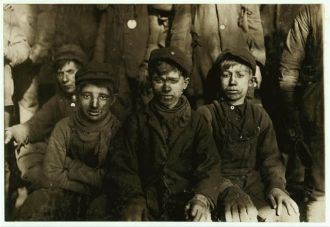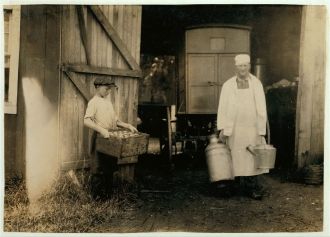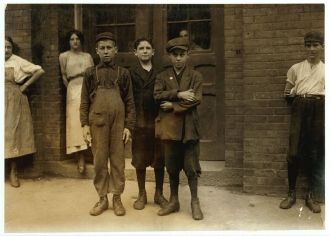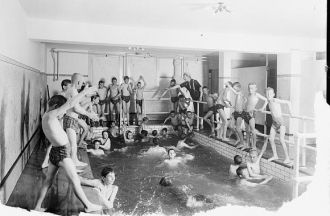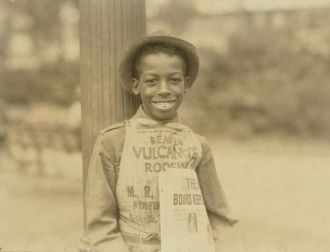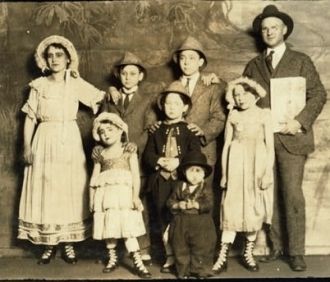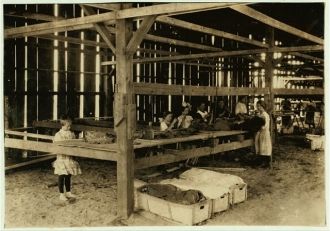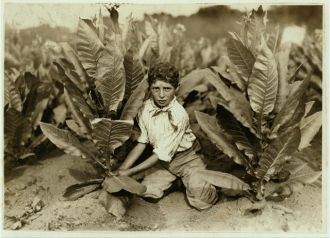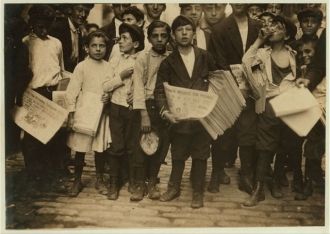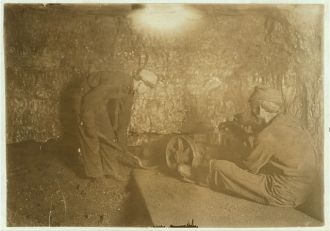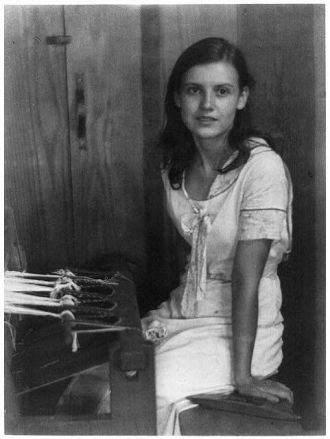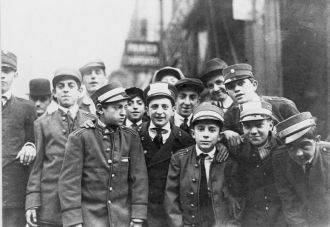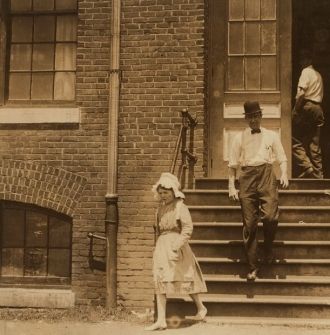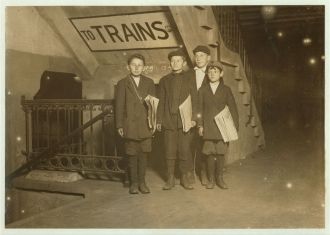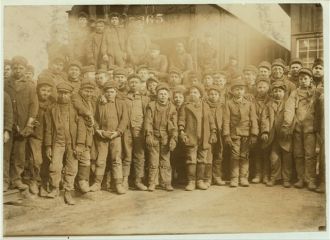Advertisement
Advertisement
Share and discover the people and places from your past
The History of Child Labor

Related Articles

 AncientFaces
AncientFaces
382k+ followers 411 favorites
05/03/2023
Before Child Labor Laws: Every Boy & Girl had a Job
You may be surprised to know that until the Great Depression children were an important part of the work economy in the United States. In textile mills and coal mines where their small size was an asset, in canneries, and on farms (not just family farms), children performed many vital tasks. Working conditions were rough, and thanks to photographers like Lewis Wickes Hine we have these photos to document what these children endured. We were shocked by these photos, and think you might be too.

 AncientFaces
AncientFaces
382k+ followers 411 favorites
05/03/2023
Real Life Newsies Were Very Different Than What We Saw In The Disney Film
These aren't the boys who delivered a newspaper to your home, nor are they singing and dancing like in the 1990s Disney film 'Newsies'. These are the children, usually age 9 - 15 although sometimes younger, who bought papers on their own dime and sold them on the city streets to try and make a living. These children became the face of child exploitation during the 19th and 20th centuries. How would you feel if your son had to live the life you see on these pages?
